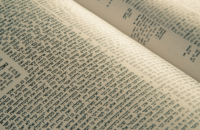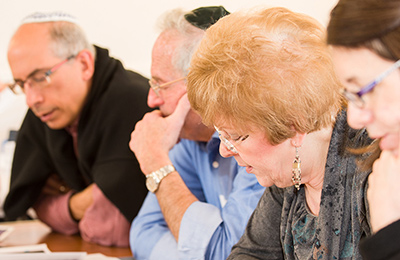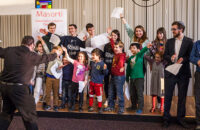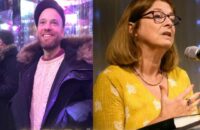Spotlight on the Jewish Bookshelf: The Zohar
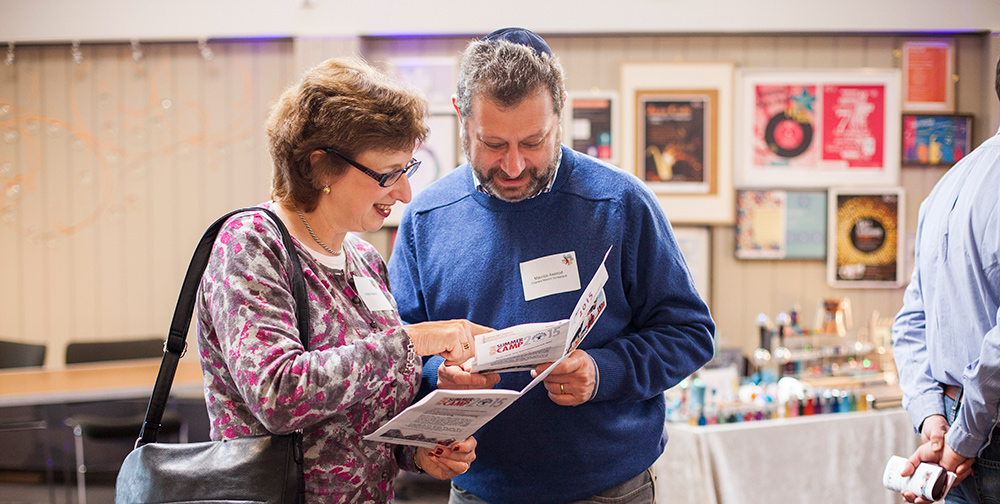
Sefer haZohar – The Book of Radiance – is the mysterious, magical masterpiece of Jewish mysticism. All details aside, the Zohar is significant mostly because it has forever changed Judaism – everyone who has come after it has either had to agree with it or argue with it. For that reason alone, it is important that all Jews understand this unusual book better.
The Zohar is an accretion of texts, compiled between the earliest years of Rabbinic Judaism (2nd/3rd century) and the Jewish renaissance of Medieval Spain. It first comes to light at the end of the 13th century, but demonstrates many factors that indicate that, at least in part, it is older than its publication date.
There are several coterminous layers to the text itself: 1) it is a commentary on the Torah, following the cycle of parashot and building on many older midrashim, 2) it is a narrative story about an individual, R’ Shimon bar Yochai, and his friends and family as they wander around the Galilean countryside (a la Canterbury Tales), 3) it is a theological dialogue between the characters and the text, laying out a systematic approach to Jewish theology for, arguably, the first time ever.
That theology represents a mystical lens on Judaism. It is not a different religion, nor a cult or sect, but simply a different way of looking at Judaism. In the course of the adventures described and the lessons taught, the Zohar constructs a mystical worldview which both differs considerably from some earlier Jewish thought, while also building on legitimate and authentic Jewish sources. This system has over time been called Kabbalah (today a very loaded word) which means ‘Reception.’
Kabbalah typically can be understood through what I like to call the ‘3 Cs’: Creativity, Correspondence, and Conservatism. It is an incredibly creative approach to Jewish sources – the mystics are more than happy to rework and reinvent the texts of the Torah for their theological ends. In addition, Kabbalah, like most mystical systems, operates on the assumption that there are correspondences between things which we are unaware of. Nothing is as it seems – and the openness to a subterranean layer of meaning is what allows for a creative approach. Lastly, Kabbalah is a force for conservatism. Though the ideas are often quite radical, the Zohar is reacting to the influence of Maimonides and his philosophical interpretation of Judaism, working to preserve an irrational, mystical, and mythological take on the Torah.
It was these radical ideas which made its publishers fear for the outcome if the Zohar did not remain esoteric. As a result, the content itself is encoded. The text is written in an obscure and imaginary dialect of Aramaic, with codewords and baroque symbolism used to obfuscate the real content. The authors/editors did not want anyone to be able to pick up the text and understand it – they wished to keep the tradition within an elite few whom they could personally ensure understood its radical ideas.
Today that is very different. Thanks to the monumental work of Prof. Danny Matt over the last 20 years, there is now a good English translation with scholarly footnotes and comparative manuscript analysis which can be purchased by anyone on Amazon (the Pritzker Zohar). The result is that the Zohar is having a bit of a renaissance today, nearly a millennium after it first broke through into the public domain. The alternative approach to Judaism which it offers has found new purchase in our postmodern world, and will likely continue to shine new insights and knowledge onto generation after generation.
Rabbi Adam Zagoria-Moffet is the rabbi of St Albans Masorti Synagogue.

